Founding Fellows of the Faculty of Anaesthetists
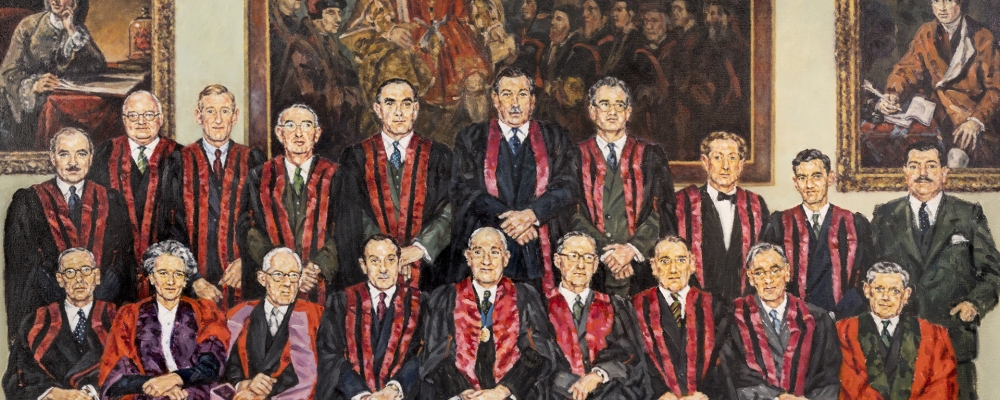
The earliest Fellowships of the Faculty of Anaesthetists were awarded by election in 1948. These ‘Foundation Fellows’ were those recognised by their peers as being central to the development of the specialty in the middle of the 20th Century.
The very first 21 Fellows comprised the first Board of the Faculty of Anaesthetists of the Royal College of Surgeons of England and are featured in the painting above.
The painting was presented to the Royal College of Anaesthetists in 1998 by the Association of Anaesthetists of Great Britain and Ireland to mark the Golden Jubilee of the Faculty of Anaesthetists, 1948–1998.
Top row (left to right): Professor Cecil Gray CBE, Dr Frankis Evans, Dr Vernon Hall CVO, Dr Bernard Murtagh, Dr Alec Musgrove, Dr William Low, Professor Ronald Woolmer, Sir Geoffrey Organe, Professor Edgar Pask OBE, Mr Bill Davis (Secretary).
Bottom row (left to right): Dr John Challis, Dr Katharine Lloyd-Williams CBE, Dr Stanley Rowbotham, Dr Bernard Johnson (Vice-Dean), Mr Archibald Marston CBE (Dean), Sir Ivan Magill, Dr George Edwards, Dr Christopher Hewer, Dr Reginald Pleasance.
You can find out more about them by clicking the links below.
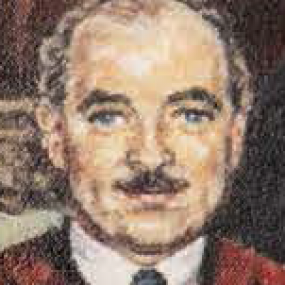
After graduating in 1937, Thomas Cecil Gray (“Cecil”) entered general practice in Wallasey on the Wirral.
He was elected Dean of the Faculty of Anaesthetists in 1964.
Read his biography here.
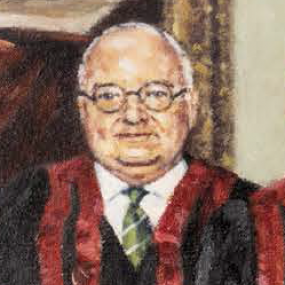
Frankis Tilney Evans’ training was interrupted by First World War service in the Royal Naval Reserve, but he returned to Bart’s to qualify in 1922.
He was later Dean (1955–1958) of the Board of the Faculty of Anaesthetists of the RCSEng.
Read his biography here.
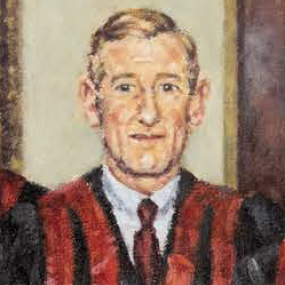
Vernon Hall began his career as a part-time casualty officer, before taking up house surgical posts in London at King’s College Hospital and the
Moorfields Eye Hospital.
As part of the team looking after the then Princess Elizabeth during the birth of her first child at Buckingham Palace and also with her subsequent children, he was awarded a CVO for his services once she became Queen.
Read his biography here.
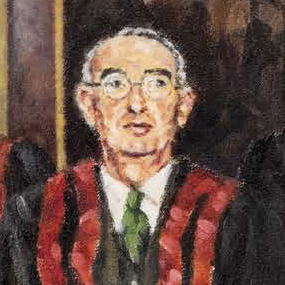
Bernard Murtagh started out as house physician, house surgeon and resident anaesthetist at the then Queen’s Hospital, Birmingham. He went on to become Clinical Lecturer in Anaesthetics at the University of Birmingham and Director of the Department of Anaesthetics at the
United Birmingham Hospitals.
Known primarily as an excellent teacher, he was active in the organisations of the specialty.
Read his biography here.
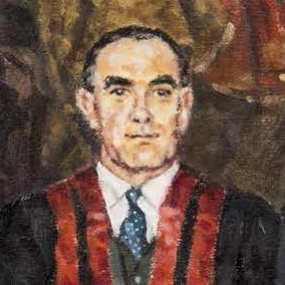
Alec Musgrove began his professional career in general practice, but developed a particular interest in practising and teaching anaesthetics.
Based mainly in Cardiff, he was appointed a clinical teacher at the Welsh National School of Medicine in 1942. A pioneer of thoracic anaesthesia, he became the first President of the newly formed Society of Anaesthetists of South Wales.
Read his biography here.
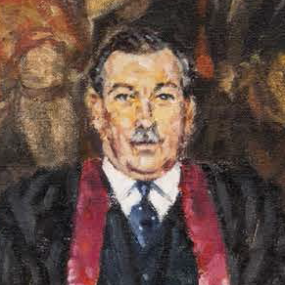
William Alexander Low’s training was interrupted by the First World War, during which he served with distinction as a gunnery officer, winning the Military Cross.
His major contributions were in the fields of organisation and administration, during the key period leading up to the establishment of anaesthetics as a specialty within the newly formed NHS.
Read his biography here.
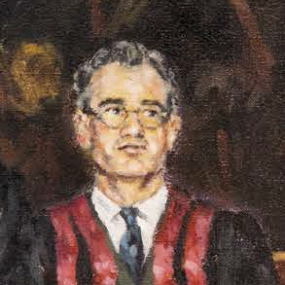
Ronald Francis Woolmer started his career in anaesthetics by becoming senior resident anaesthetist at St Thomas’ Hospital, later becoming a registrar at Westminster Hospital in 1939, three months before joining the Royal Naval Reserve.
He traveled widely, studying research methods in the USA. He had a particular interest in electronics centred around improving patient safety, such as development of measurement devices and creating audible and visible alarms on anaesthetic equipment.
Read his biography here.
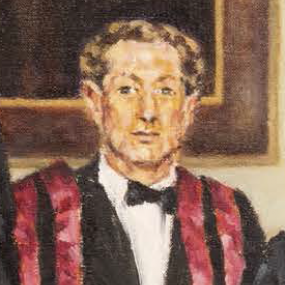
Geoffrey Organe set up a general practice, but family medicine soon lost its interest and he joined the Royal Berkshire Hospital in Reading as resident anaesthetist in 1936.
After the war Organe was based at the Westminster Hospital, developing the academic side of the department, eventually being appointed the first Professor of Anaesthesia at any London teaching hospital. He also had an interest in pharmacological research and was knighted in 1968.
Read his biography here.
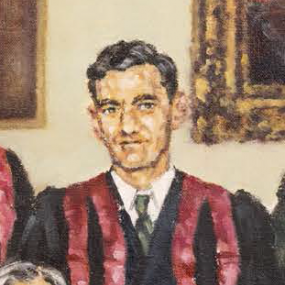
Pask worked at the London Hospital and the Nuffield Department of Anaesthesia at the Radcliffe Infirmary, Oxford after qualifying.
During the Second World War, Pask undertook groundbreaking work on the problems faced by airmen at high altitude, including the consequences of bailing out of aircraft. After the war he was based in Newcastle at the Royal Victoria Infirmary and built a department with great research potential.
Read his biography here.
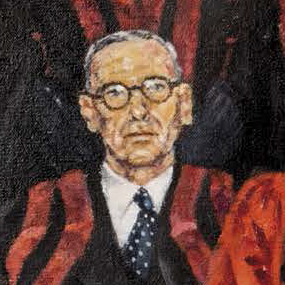
John Challis started at medical school in 1913, but was called up at the outbreak of the First World War. He resumed his studies later, working at a number of London hospitals.
During the Second World War he returned to the army as an anaesthetist in a mobile surgical unit. He spent over three years as a prisoner of war after the unit was overrun. After the war, he returned to the London Hospital for the rest of his career and was a pioneer in advancing anaesthetics techniques.
Read his biography here.
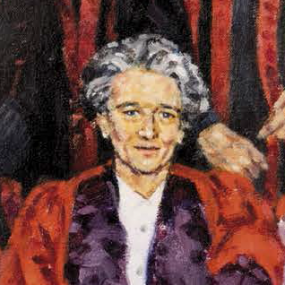
Before studying medicine, Katharine Lloyd-Williams taught Physical Education at a school in Hull, and then worked in London as a physiotherapist. After graduation she combined a post as resident anaesthetist at the Royal Free Hospital with general practice in Bloomsbury.
In 1947 she was appointed Dean of the Royal Free Hospital School of Medicine, and became the only female member of the founding Faculty of Anaesthetists of the RCSEng. In 1956 she was appointed Dean of the Faculty of Medicine of the University of London. She was awarded a CBE the same year.
Read her biography here.
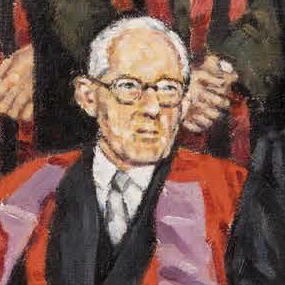
Stanley Rowbotham qualified in 1915 and was immediately commissioned into the Royal Army Medical Corps (RAMC). In 1919 he was posted to the Queen’s Hospital for Facial and Jaw Injuries at Sidcup.
Continuing his career in London, Rowbotham was a keen advocate of local anaesthesia, a pioneer of basal narcosis and was one of the first to use intravenous anaesthesia.
Read his biography here.
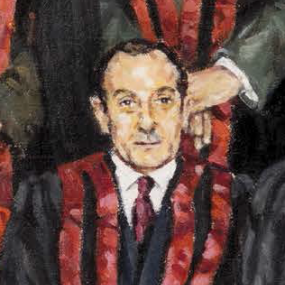
Beginning as senior resident anaesthetist at the Middlesex and joining as a full member of staff there in 1936, Johnson pioneered the introduction
of intravenous anaesthesia in the United Kingdom.
He was closely involved in the establishment of the Faculty of Anaesthetists, and served as the Faculty’s second Dean (1952–1955).
Read his biography here.
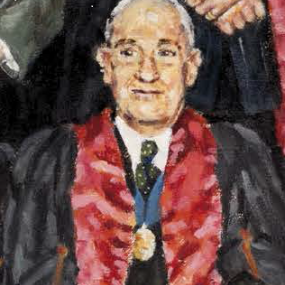
Archibald Marston entered Guy’s Hospital in 1909 to study dentistry and originally intended to become a surgeon but was persuaded that anaesthetics held a great future. By 1948 he had become the first Director of the Department of Anaesthetics at Guy’s.
He was awarded a CBE in the Coronation Honours List of 1953 in recognition of his contributions as Consultant Adviser in Anaesthetics to the Ministry of Health.
Read his biography here.

Ivan Magill spent a short time in general practice after graduating, before becoming house surgeon, then resident medical officer at Liverpool’s Stanley Hospital. He joined the RAMC at the outbreak of the First World War, and at the end of hostilities was posted to Queen Mary’s Hospital, Sidcup.
His work later extended to anaesthesia for thoracic surgery, and he acquired posts at a number of London hospitals, including the Brompton and Westminster. In 1931, as Secretary of the Anaesthesia Section of the RSM, he proposed that the introduction of a Diploma would improve the status of anaesthetists
Read his biography here.
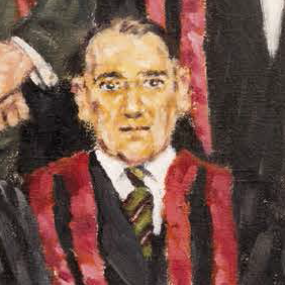
After qualifying in 1926, George Edwards spent a year as a ship’s surgeon with the Cunard Line.
Later on he worked as resident anaesthetist at St George’s Hospital both before and after the Second World War. He was appointed director of anaesthetic studies and lecturer in Anaesthesia and helped to establish St George’s as a centre of excellence for teaching anaesthesia.
Read his biography here.
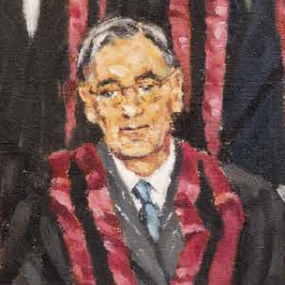
Christopher Langton Hewer served in the RAMC towards the end of the First World War.
From an early stage Hewer was seen as an innovator, working with Boyle on the development of his eponymous continuous flow machine. He became one of the UK’s leading specialists, noted for his work on anaesthesia for thoracic and thyroid surgery.
Read his biography here.
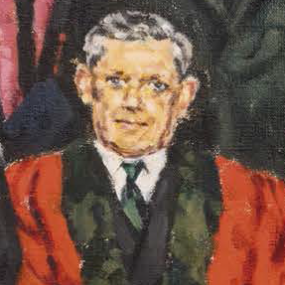
Reginald Ernest Pleasance was ophthalmic house surgeon, house physician and house surgeon at Sheffield Royal Infirmary, before entering
general practice.
During the Second World War he was in the RAMC and rose to the rank of Lieutenant Colonel, acting as adviser in anaesthetics to the Southern India Command. On demobilisation he obtained one of the newly created specialist posts in anaesthetics in the Sheffield United Hospitals.
Read his biography here.
